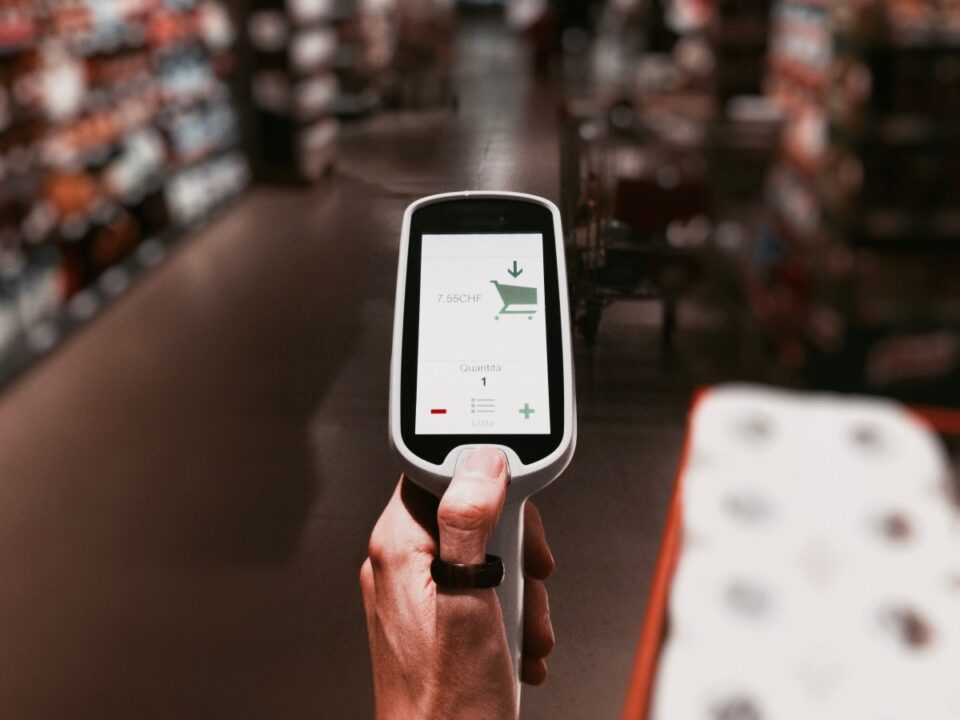
How Vendor Managed Inventory (VMI) Strengthens Supply Chain Resilience and Collaboration
To optimize inventory management, retailers and suppliers are increasingly turning to Vendor Managed Inventory (VMI) tools that transfer the responsibility…
Generix Ushers in a New Era of Intelligent Commerce for Retailers with AI-Driven Innovation Read the press release

In the beginning, cash register systems had the essential function of aiding merchants in calculating their earnings at the end of the day. It was, however, often difficult to draw a link between treasury and sales. Registers quickly became more than simple payment systems, changing into tools to follow up with sales, record payments, and align them with the revenue acquired. In a new transformation phase, collection has changed once again.
To reduce waiting time and make payment more efficient, new types of registers have seen the day: lines dedicated to small carts (fewer than 10 articles), self check-out… But with technology, it is possible to go even further.
With mobile, consumers can now scan their own barcodes for articles and pay with their smartphone. One such example is Monoprix and its mobile scanning and payment application, Monop’Easy, which lets customers totally skip the register line.
Using radio-identification (RFID) tickets, retailers such as Etam also offer payment via automatic scan and enable payment via tablet at self check-out. Offering a more fluid experience than smartphone scanning, it is difficult to apply RFID technology to food distribution due to implementation costs, supplier distribution and product turnover.
Use of a front office has completely changed. Cash register systems are no longer reserved for specialized register operators, as they now offer multiple additional functionalities.
In an increasingly omnichannel environment, the front office has become an interface between product information and customer data. On the product end, it allows stock consultation and offers visibility of their availability within the distribution network. An article available in another store can thus be proposed to consumers in order to satisfy their request as quickly as possible. On the consumer end, an anonymous client can also be hired via a front office and advised precisely according to his or her profile.
The front office is not only dedicated to collection operations. It includes order taking features. The goal is to be able to offer multiple solutions to improve customer experience: 2-hour delivery to the warehouse, storage in a nearby store, or home delivery within 48 hours. It has become possible to order in a store as one would order from at home on the couch.
With new collection systems, retailers have been given services which can strengthen customer experience in sales locations:
For retailers, it is important to have a front office that is as powerful as an e-commerce site. They must be able to take advantage of customers in the store to offer new products or services. Whatever the sales channel, the customer must have universal access to the order. In-store, consumers must be able to add products to a Web cart, order an unavailable article using stock information and obtain promotions via vendor access to their customer profile.
Aside from producing and printing sales receipts, digital registers now allow consolidation of customer relations through various loyalty features and promotional actions. These platforms are able to integrate into front or back office environments, and these digital cash register systems enable retailers to capture customer information in sales locations, access the CRM to compensate loyal customers, manage stocks and the e-commerce site, and connect to logistics tools, the ERP, etc.
New generation register solutions are thus similar to customer-centered universal registers. To occupy this position, they must be able to function on all systems and interface with all mobile terminals and market equipment.
Like any technological evolution, the front office poses a question of employment in stores. Progressive transformation in sales locations shall bear witness to the disappearance of points of sales, giving way to self check-out counters, like in the Casino store on the Champs-Élysées.
That said, human presence in sales points is not truly called into question. Jobs will simply evolve into roles that are increasingly oriented towards consulting and assistance. These changes will affect all stores and will happen at all levels: vendor functions, inventaire, logistics…

To optimize inventory management, retailers and suppliers are increasingly turning to Vendor Managed Inventory (VMI) tools that transfer the responsibility…

In an ever-evolving logistics environment, agile and precise warehouse resource management is essential to remain competitive. With increasing volumes driven…

France’s electronic invoicing reform relies on a Y-architecture, where Partner Dematerialization Providers (PDPs) play a central role in issuing and…

Work with our team to build your ideal supply chain software stack and tailor it to your unique business needs.